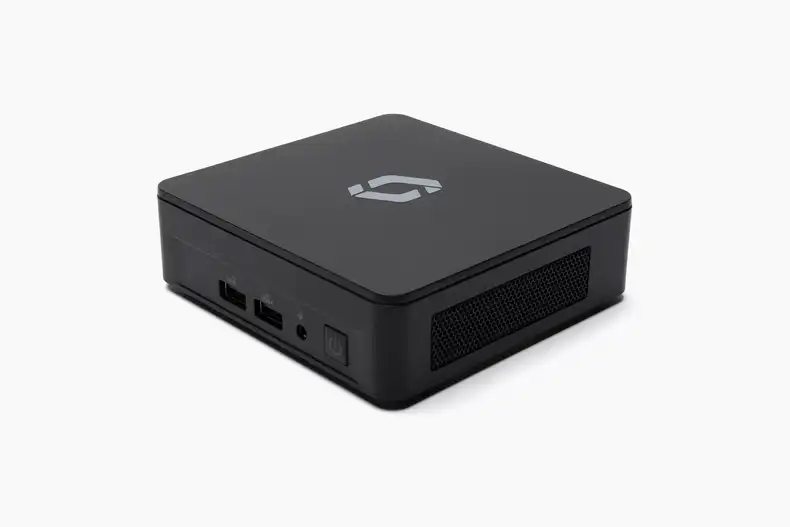When businesses are first getting started in digital signage, there are often a lot of questions in need of answers. Implementing a great digital signage deployment requires coordination of multiple people, teams, and motivations, and, to get the most out of your digital signage, this coordination must be done smoothly and successfully. To help out, we detail five important points to consider when getting started with digital signage. Ideally, this article will help you avoid common oversights of digital signage beginners and will allow your first implementation of digital signage to occur without any hiccups.
1. Your digital signage goals
It seems obvious when stated, but this is an important point that many businesses forget to consider. Clearly establishing your digital signage goals is important, as your goals will govern you digital signage customizations and needs going forward. Are you using digital signage to increase sales or are you using digital signage to keep your employees informed of company happenings? Are you using digital signage for a blend of both those needs? How many digital signage screens and displays do you need across how many locations? What is the purpose of each display? It is best to pin down your digital signage goals, as this helps provide clarity and alignment for multiple stakeholders in your company’s digital signage implementation.
2. Digital signage management
One of the biggest points to consider is your company’s plan for digital signage management. Your digital signage is, of course, supposed to display useful, beautiful, and interesting content. However, how is this content going to actually get to your digital signage displays? If you are planning to use a USB stick and plug it into a smart TV or otherwise manually load your digital signage devices with content, think again. This is a huge mistake, as it will unnecessarily take an enormous amount of valuable time from your employees as they travel to each location and deal with each device and system. The best way (and really only reasonable way) to manage digital signage is to use cloud based digital signage management software. Typical software solutions allow you to manage your digital signage fleet and content from an online dashboard anywhere you have an internet connection. More information on Screenly’s software solution for digital signage management can be found here. In addition to content management, Screenly provides digital signage managers with the “health status” of their digital signage devices. If your digital signage device loses power or if content files are corrupted and cannot be displayed, Screenly will automatically update managers regarding these issues.
3. Digital signage content
Even if you have a great way to manage your digital signage content remotely, you do need to create or otherwise obtain this content in the first place. Great digital signage software and hardware is nothing without great digital signage content. You and your team must make a content plan for your digital signage, including what content to display, where to display this content, and when to display the content. Regarding how to create and source your content, one option is to create your own engaging video content. On this point, we recently compiled a recommendation list of great video creation and editing software that you can read here. Also, generally speaking, don’t worry too much about creating 4K video content. While it looks great, it is usually not worth the time and expense - you can read our opinion on this in more detail here. While video is an eye-catching medium, sometimes it just simply isn’t the best way to display information. Sometimes it is best to go with text layered on static images that show your offers to customers or display internal company announcements. To make these static image assets, one component you will need is a beautiful background image. Additionally, you may need to source several images to use as elements in your static content. One great source for backgrounds and elements is stock content sites. You can read more regarding our recommendations for stock image sites and relevant licensing information on our blog post here. To be clear, you will then need to edit and build your content on top of or with these images, however, getting these images in order is already half the battle.
4. Digital signage security
Security is an important component of digital signage that is almost always forgotten or ignored. You can see proof of this fact in our blog post on the https://www.screenly.io/most noteworthy digital signage hacks. This all too common lack of concern for security can lead companies into hot water when their data is accessed and stolen via vulnerabilities in their digital signage network. Before implementing digital signage at your company, your team must decide which security vectors from which you will attempt to protect yourselves. When choosing your digital signage management software and hardware, your team must carefully consider what security practices and efforts the providing company is making. We recently wrote on different security-related factors to consider when selecting a digital signage provider, and, in that piece, we detail Screenly’s security efforts for its digital signage players.
5. Performance and improvement
This point is related to considering your company’s digital signage goals. Once you decide on these goals for your digital display deployment, how do you know if you are achieving them? If your goal is to increase sales, you and your team must compile a list of key performance indicators (KPIs) to help track the link between your digital signage and your sales performance. If your goal is to better communications among your team, test the effectiveness of your digital signage by sending out some well-crafted surveys to your team. In short, one point to consider regarding your digital signage solution is how to track its performance in relation to your set goals for your digital signage. If you track this performance, you can increase the use of digital signage content and strategies that achieve your goals, and you can change and adjust any digital signage practices that do not help achieve your goals.
Digital signage is certainly the new frontier for marketing, advertising, and really any use case for displaying information in a large-screen format. Digital signage helps attract new customers, retain old customers, and both engage and update employees. However, to realize these benefits, teams must invest time thinking about their digital signage solution and implementation. We hope this post was helpful and got your ideas flowing regarding important topics and the details surrounding your digital signage needs.





